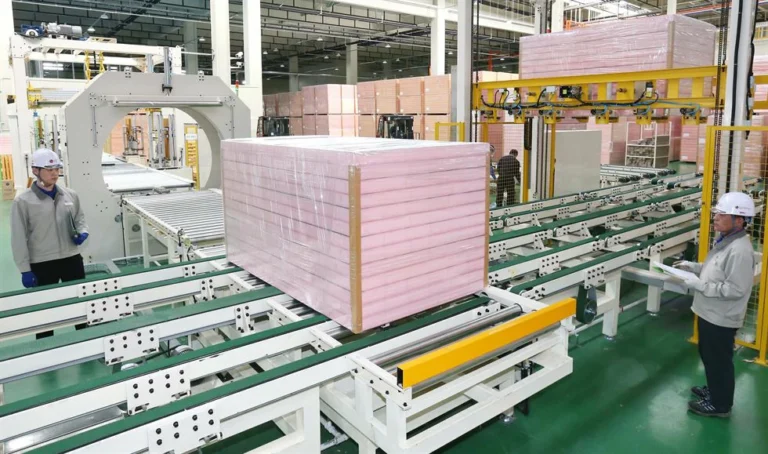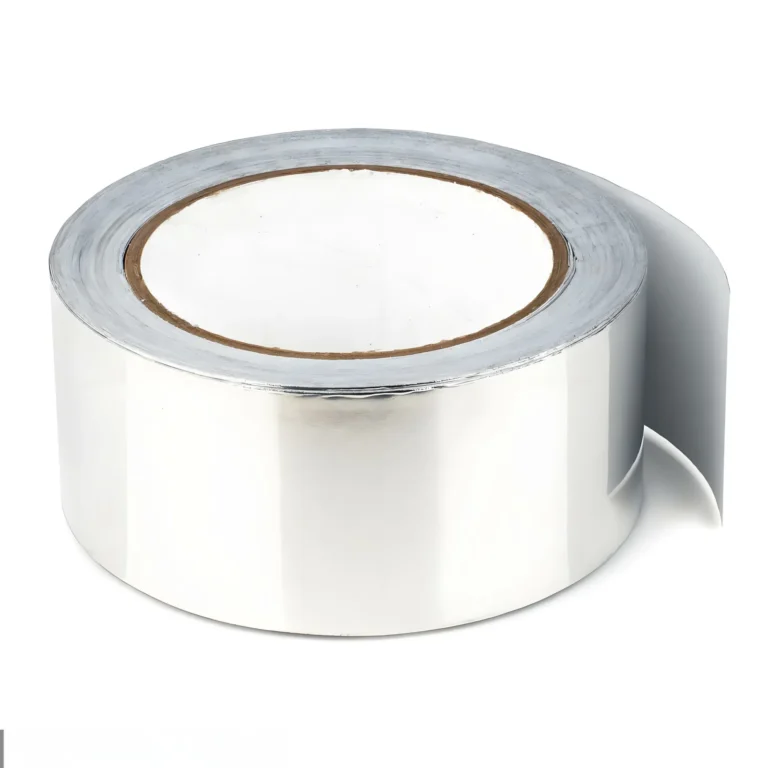Aluminum foil tape is a versatile material widely used in industrial, commercial, and residential applications. In construction, it complies with ASTM standards for sealing and insulation, while in HVAC systems, UL-listed Aluminum tapes ensure fire and safety compliance. Its reflective surface, excellent thermal conductivity, and durable adhesive make it indispensable across fields, including construction, aerospace, and HVAC systems.
Types of Aluminum Foil Tape and Their Heat-Resistant Properties
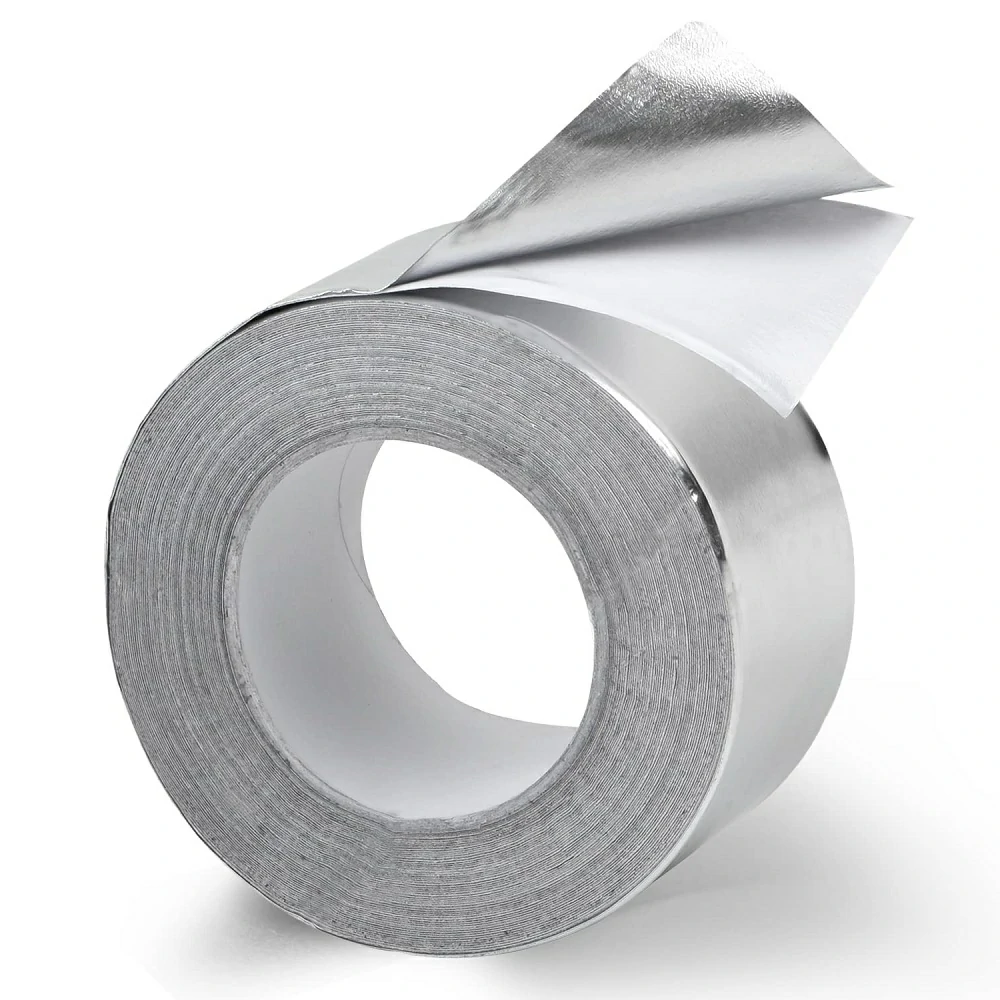
Standard Aluminum Foil Tape
Standard aluminum foil tape consists of a thin layer of aluminum foil coated with an adhesive. Its primary applications include sealing HVAC ducts, shielding, and general repairs. Typically, this type of adhesive tape can withstand temperatures ranging from -40°F to 300°F (-40°C to 150°C), adhering to ASTM E84 for flame spread and UL 723 for surface burning characteristics. The choice of adhesive, often acrylic adhesive or rubber-based, significantly impacts its heat resistance, with rubber-based adhesives suited for lower ranges and acrylic providing moderate temperature applications.
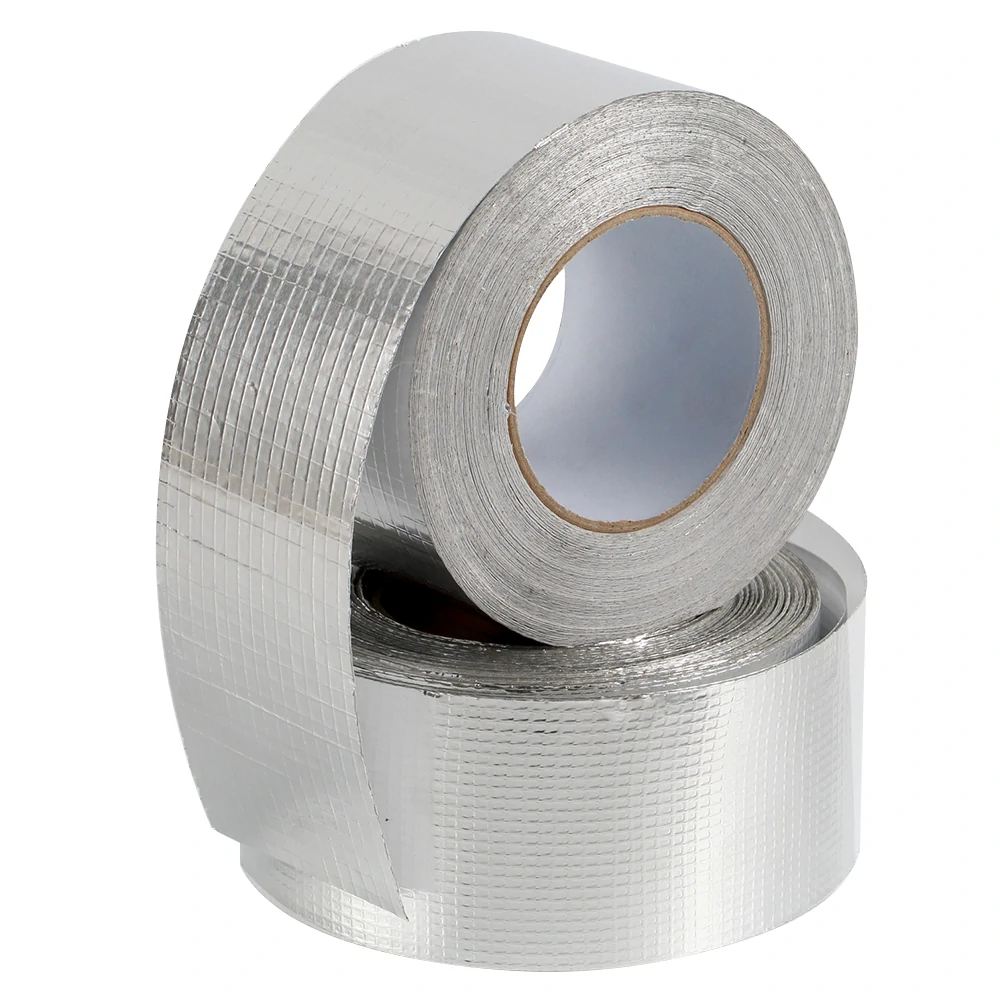
Aluminum Foil Glass Cloth Tape
Aluminum foil glass cloth tape is reinforced with glass fibers, significantly enhancing its heat resistance and mechanical strength. This type is ideal for high-temperature environments such as industrial ovens and automotive exhaust systems. Depending on the adhesive used—commonly silicone adhesive or acrylic adhesive—these tapes can endure high temperature environments up to 600°F (315°C) or higher. For instance, in industrial ovens, aluminum foil glass cloth tape has been used to seal insulation, demonstrating reliable performance during prolonged exposure to high temperatures. Similarly, in automotive applications, these tapes are employed to shield components near exhaust systems, where consistent heat resistance is critical.
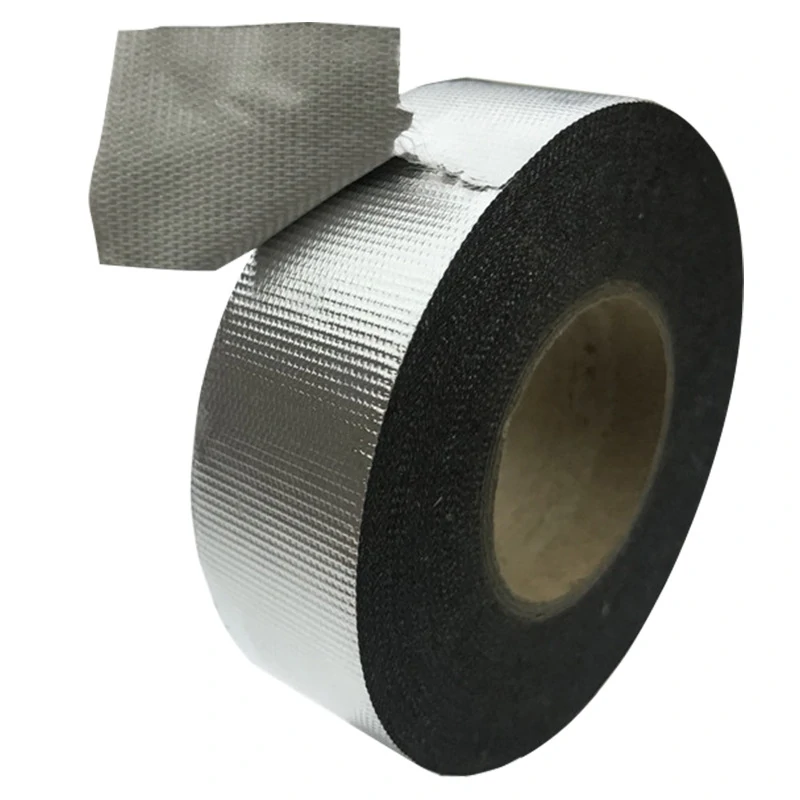
High-Performance Aluminum Foil Tape
High-performance aluminum foil tapes are engineered for demanding environments like aerospace and automotive industries, where high temperature resistance is critical. In aerospace, these tapes shield components from extreme heat generated by jet engines and atmospheric re-entry, with performance verified for temperatures exceeding 800°F (427°C). Automotive applications benefit from their use in protecting sensors and wiring near high-temperature exhaust systems. These tapes, featuring advanced silicone adhesives, excel in enduring prolonged high-heat exposure, making them ideal for industrial and aviation settings.
Heat Resistance in Extreme Environments
High-Temperature Applications
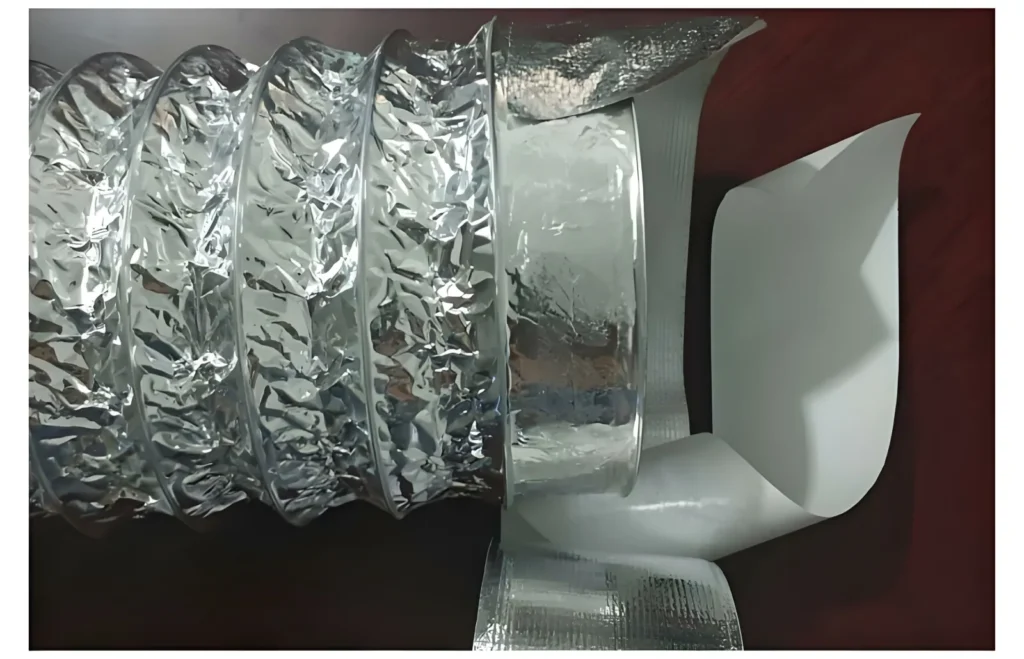
In high-temperature environments, such as industrial furnaces and machinery, aluminum foil tape’s performance depends on its structural integrity and adhesive type. For instance:
Industrial Furnaces: Aluminum foil glass cloth tape seals insulation effectively, withstanding continuous exposure to temperatures exceeding 500°F (260°C), thus enhancing thermal management.
Automotive and Aerospace: High-performance tapes with silicone adhesives are critical for protecting components against extreme heat and thermal cycling, ensuring durability and system reliability.
Chemical Exposure
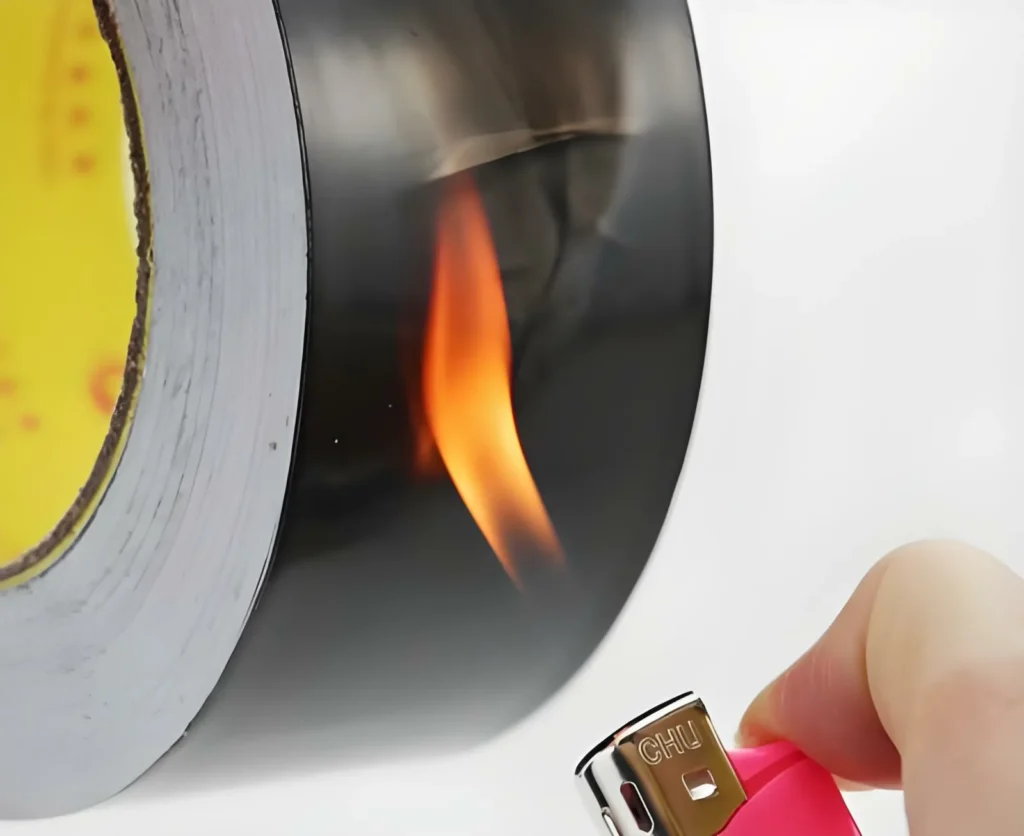
Environments with chemical exposure can further challenge the tape’s performance. Silicone adhesives, under exposure to 10% sulfuric acid for 72 hours at 300°F (150°C), retained over 85% of their original bond strength, as verified through ASTM D543 testing. This demonstrates their ability to perform in both chemically aggressive and high-temperature environments.
Similarly, in environments with exposure to acetone at 250°F (121°C) for 48 hours, these adhesives demonstrated a retention of over 80% of their bond strength, ensuring stable adhesion even in elevated temperatures. Rubber-based adhesives, on the other hand, showed a 30% degradation in bond strength under the same conditions, limiting their use in chemically aggressive settings. These performance characteristics highlight why silicone-based adhesive tapes are preferred for industrial and chemical processing applications where reliability and durability are paramount. In contrast, rubber-based adhesives may degrade more quickly when exposed to harsh substances.
Aluminum Foil Tape in Aerospace
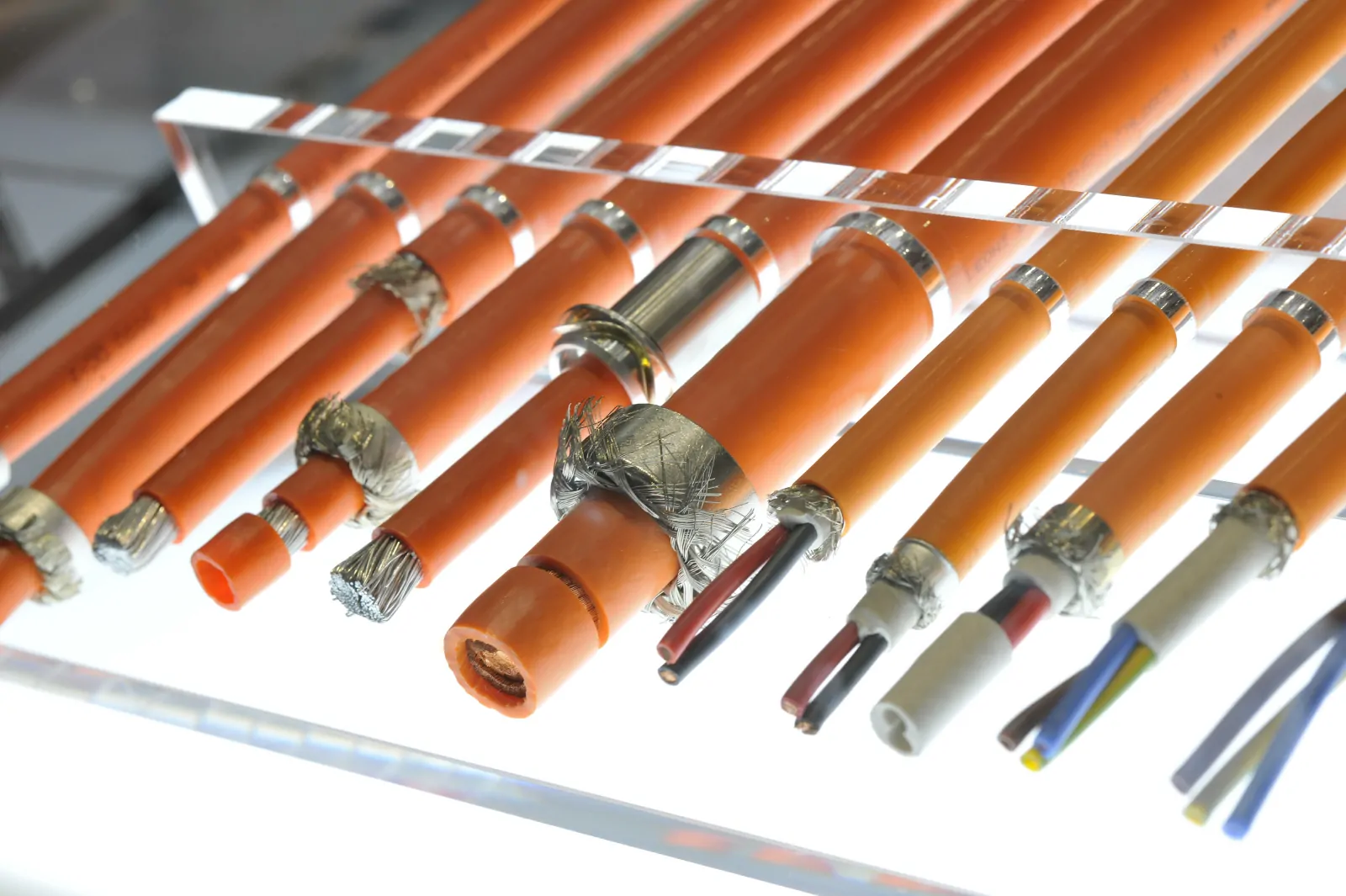
In the aerospace industry, aluminum foil tape is used to protect sensitive components from heat generated by engines and atmospheric friction. For example, a high-performance aluminum foil glass cloth tape with silicone adhesive was used to insulate wiring in an aircraft engine compartment, successfully enduring temperatures exceeding 700°F (371°C) during prolonged operation. This application not only improved thermal insulation but also enhanced safety by preventing heat-induced damage to critical wiring, thereby ensuring reliable engine performance and reducing maintenance needs.
The Role of Adhesives in Heat Resistance
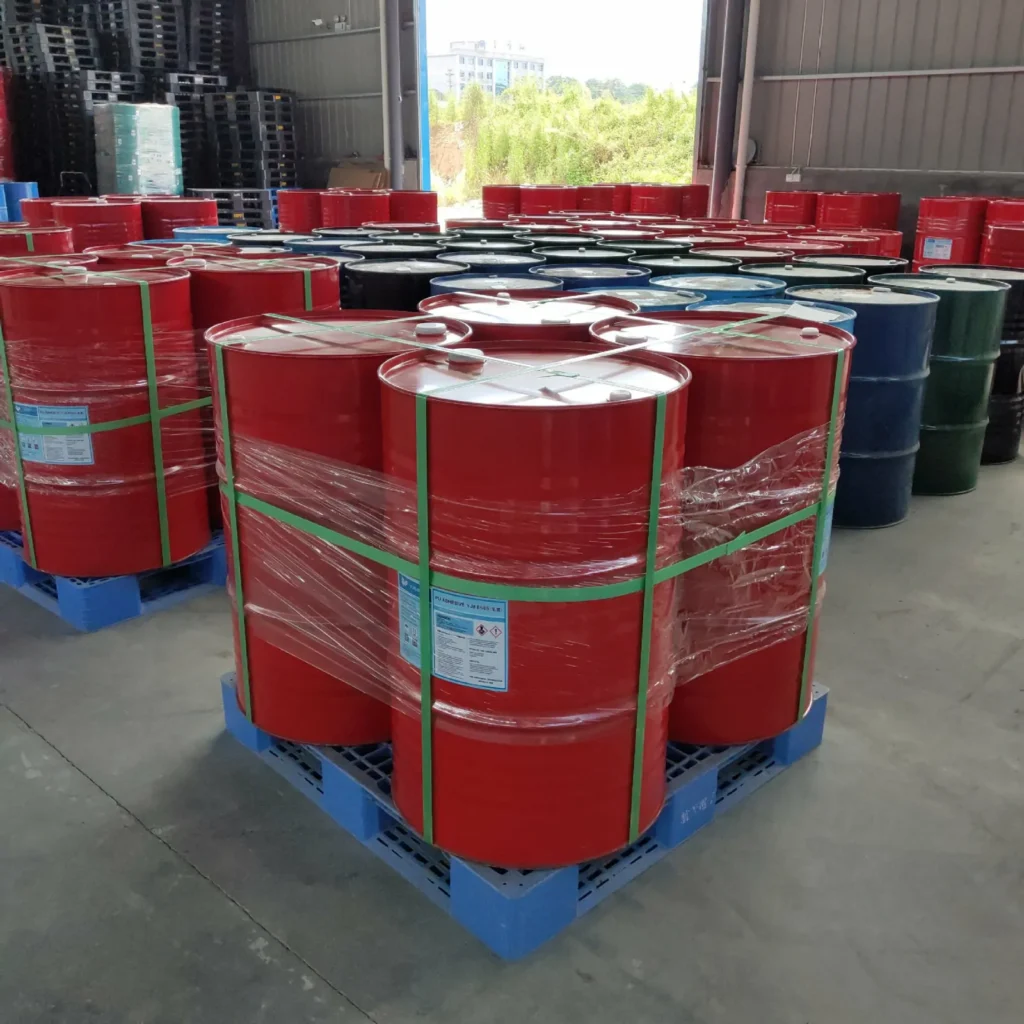
The adhesive is a critical component in determining the tape’s heat resistance. For instance, silicone adhesives, tested under ASTM C1167 standards, have demonstrated their ability to maintain bonding strength at temperatures exceeding 800°F (427°C). Comparatively, acrylic adhesives, while adhering to ASTM D3330 for peel adhesion, offer reliable performance up to 300°F (150°C). Rubber-based adhesives are typically rated for lower ranges and are best for applications that do not involve extreme heat. These industry benchmarks highlight the diverse performance characteristics of adhesive types, guiding professionals in selecting the most appropriate tape for their needs. Common adhesive types include:
Acrylic Adhesives: These offer good temperature resistance and UV stability, typically maintaining performance up to 300°F (150°C) as validated by ASTM D3330 testing. Additionally, they provide cleaner removability compared to silicone adhesives, making them advantageous in scenarios requiring minimal residue, such as precision manufacturing or electronics assembly. However, their heat resistance may be less robust in environments exceeding their upper temperature limit, necessitating careful evaluation for high-temperature applications.
Rubber-Based Adhesives: While cost-effective, these adhesives are best for lower temperature ranges and may degrade under prolonged heat exposure.
Silicone Adhesives: Known for their superior heat resistance, silicone adhesives can withstand extreme temperatures and are often used in high-performance tapes. However, they may leave residues that are difficult to clean, which can be a drawback in applications requiring pristine surfaces. In contrast, acrylic adhesives, while offering moderate heat resistance and UV stability, excel in providing cleaner removability, making them ideal for applications where cleanliness is a priority.
Aluminum foil tape offers significant heat resistance, with performance varying by type and adhesive. For instance, silicone adhesives retain over 85% bonding strength at 800°F (427°C) under ASTM C1167 standards, while acrylic adhesives perform well up to 300°F (150°C) as validated by ASTM D3330. High-performance aluminum foil glass cloth tapes ensure reliability at continuous exposures up to 600°F (315°C). By aligning material and adhesive selection with operating conditions, and verifying compliance with standards like ASTM and UL, professionals can ensure optimal performance in demanding heat-intensive environments. For instance, acrylic adhesives maintain strong peel adhesion up to 300°F (150°C) as validated by ASTM D3330 testing, while silicone adhesives excel in extreme conditions, providing durability even beyond 800°F (427°C). This ensures optimal performance, reduced maintenance costs, and enhanced safety in high-demand scenarios. Key considerations include:
Using this checklist ensures optimal selection and application, reducing risks and enhancing reliability in high-demand settings. Whether it’s sealing ducts in an HVAC system or protecting components in an industrial furnace, the right aluminum foil tape ensures reliability and efficiency under heat stress.
